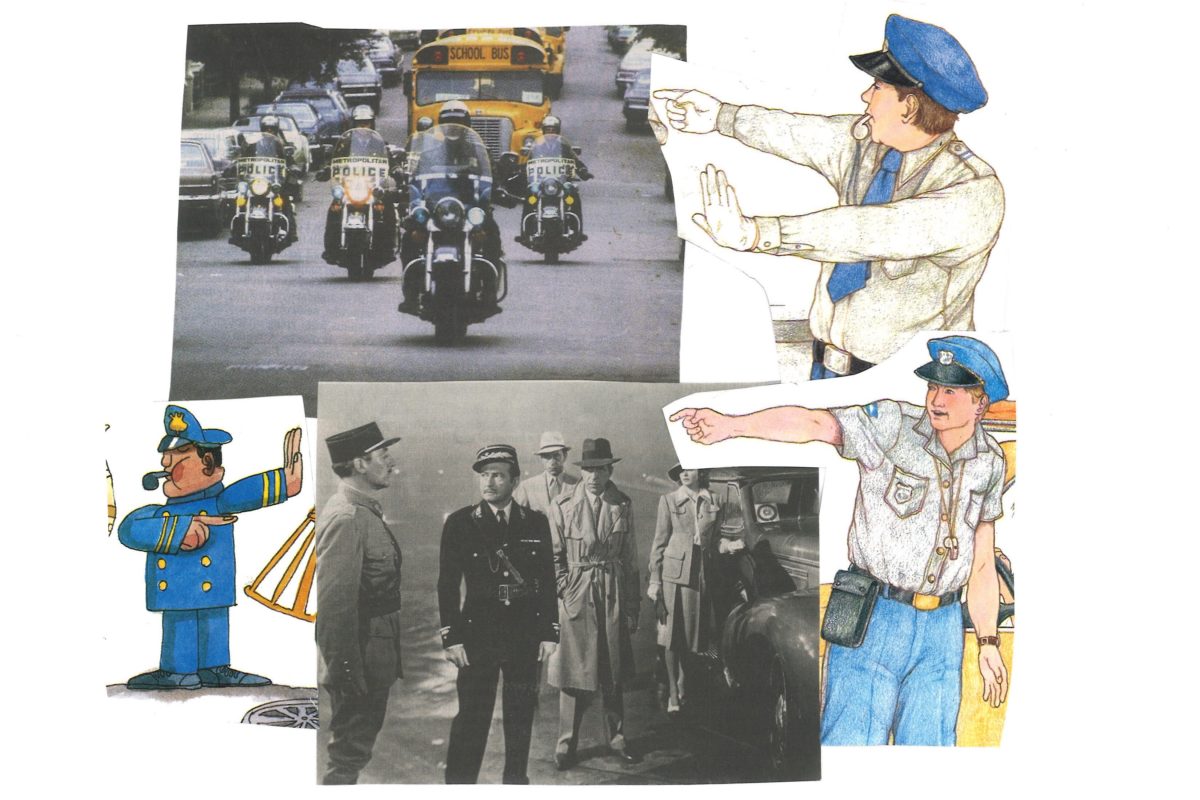What’s the Difference Between Jail and Prison?
You can’t spell “correctional facility” without “correct”—and while there’s a lot that’s wrong with the criminal-justice system in this country, we can at least get our terminology right. Exhibit A: jail versus prison. Both are correctional facilities that are used to incarcerate people charged with or convicted of a crime, but the similarities stop there. Let’s get into the differences.
A jail is a temporary, short-term detainment center where an individual waits for a trial and sentencing. It’s occupied by people who have just been arrested, who are waiting to post bail, or who are unable to post bail and are waiting for a trial. It also can be where people convicted of smaller crimes—usually misdemeanors—serve a shorter sentence, typically less than one year. Jails are run by local law enforcement or local agencies, and are typically smaller than prisons in both size and infrastructure.
Prisons are where inmates go after getting sentenced for longer-term imprisonment, usually for more serious crimes. They’re operated by either the state government or the Federal Bureau of Prisons; people who have been convicted of breaking a state law are sent to state prisons, and people who have been convicted of breaking a federal law are sent to federal prisons. Both prison types are much larger operations than jails; they house many more inmates and are generally set up with more infrastructure and resources suited to longer-term detention.
On a related note: it’s Giving Tuesday, and if this subject is of interest to you, I’d encourage you to check out the organization Esperanza, which works with families to help young people who are court-involved get back on track towards a positive future. And if you missed Meek Mill’s story in The New York Times yesterday, give it a read, along with this profile of Larry Krasner, the Philadelphia district attorney, from The New York Times Magazine.
If you liked this, subscribe to the What’s the Difference newsletter here!




